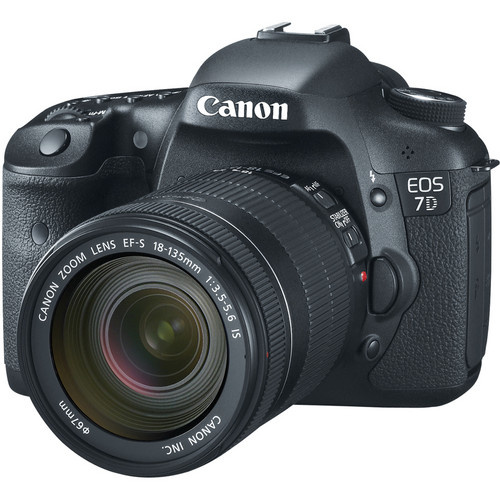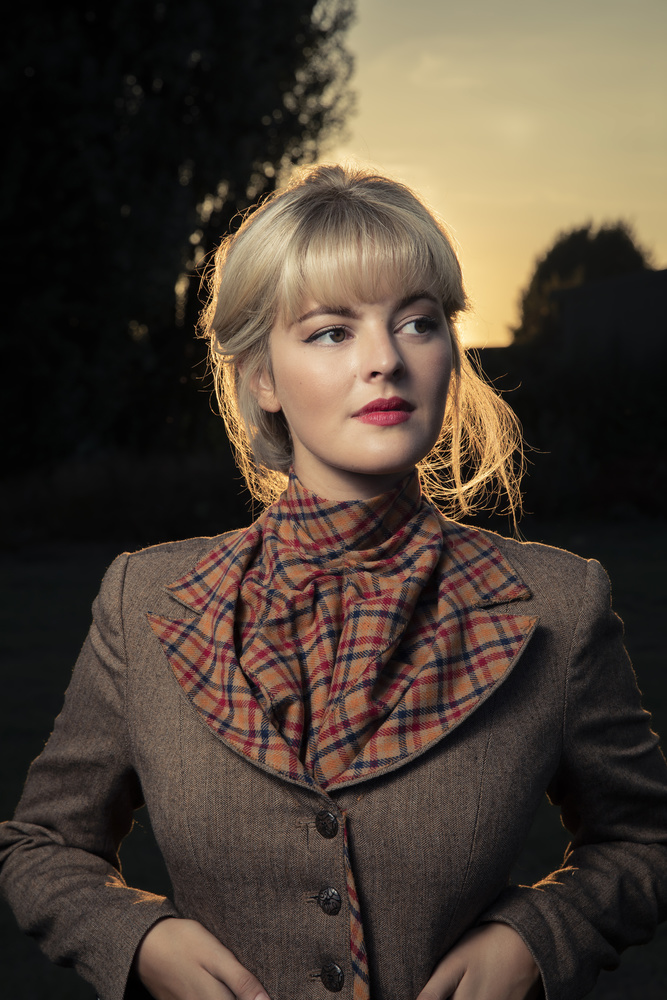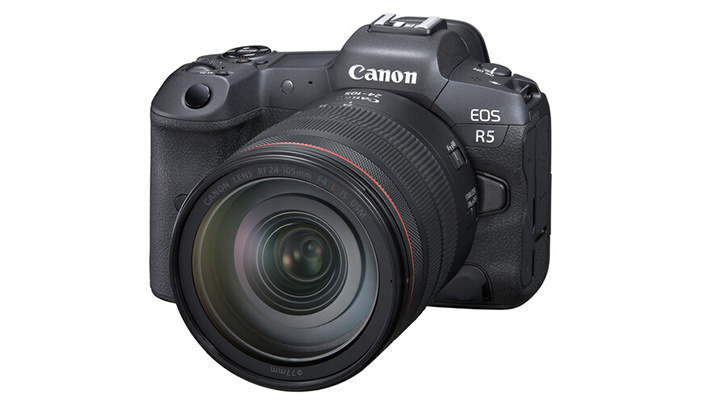Now and again, we all get the desire to buy new kit; it’s only to be expected with the way new tech is marketed, combined with our desire to improve our craft. Do you need that new piece of equipment? Is it time to jump from a cropped sensor to a full frame? Should you move from DSLR to mirrorless? Will it improve your photography?
I’ll start with the cliché that we’re all familiar with: the best camera at any given moment is the one in your hand. Photography equipment is expensive; all of us (and our partners) can attest to that. Prices seem to be going up with every new generation of technology. Unless money is genuinely no object or your primary income is directly reliant on the quality of your equipment, it’s probably safe to say that your current equipment is, at the very least, adequate. Anyone outside the photographic community who isn’t involved in the sale and marketing of camera equipment will likely question a hobbyist spending several thousand dollars on a new camera body, but we do, quite regularly.
My Struggles With Gear Acquisition Syndrome
When I started, a more experienced photographer told me that I should only be looking to upgrade when I had outgrown the kit I was using, whether that be through the need for more advanced features or the advent of new technology that fundamentally changed the way I work. My first DSLR was a Canon Rebel T2i (550D in Europe) with the standard 18-55mm kit len. This entry-level DSLR was a fantastic first DSLR. It wasn’t at all intimidating, and it allowed me to learn all the basics like how white balance, shutter speed, ISO, and aperture alter exposure and the differences they make to the image. I then bought the mandatory nifty fifty 50mm f/1.8 so that I could start playing with shallow depth of field. That was it; I was hooked. I quickly became a regular at the local camera shop and would chat away with the staff and play with the new kit when it came in. It wasn’t long before I desired the Canon 7D, that “pro body” with an extra dial on the back, faster burst mode, and a bigger buffer (neither of which I used). Looking back now, I think that was an illogical upgrade. The 7D used the same sensor as the T2i, so I paid a large sum of money for better ergonomics and a slightly improved autofocus system. That aside, I started doing professional photography work with that 7D, and it was a great camera to use. But there’s always a better camera and shiny new lenses.
I quickly fell into the trap of looking at DxOMark and pixel-peeping reviews that were telling me how much better a new camera or new lens is than my existing kit. I’ve since learned that a lot of these factors don’t make any real noticeable difference to the photos produced and are mostly academic.
To keep resale values as high as possible, I’ve always looked after my equipment and kept all the original boxes, manuals, and cables. I’d recommend any new photographer get in the habit of doing the same. As a result, I’ve been able to sell or trade kits that I’ve outgrown. Over the next few years, I bought, traded, and swapped lenses and camera bodies until I was using the Canon 5D Mark III with the trusty 7D as a backup, and I had the set of L series lenses that I wanted — the usual holy trinity of zoom lenses as well as some prime lenses to cover a wide range of focal lengths and uses. Jumping from a cropped sensor camera to a full frame camera was incredible; the low-light capability and the beautifully shallow depth of field were noticeable and significant upgrades. It’s safe to say at this point, I was happy with my setup. I didn’t desire any new kit. Yet.

It was around this time that Sony was making waves with their mirrorless cameras, and I had started to dabble with video, so I started to desire the Sony a7S II. I saved money, sold the 7D, and purchased a Sony a7S II, alongside an EF mount adaptor and a couple of Sony primes. The image quality was excellent; the video was much better than the Canon bodies. Using the Sony a7S II, I learned a lot about video and color grading. Initially, I didn’t like the ergonomics, I didn’t like how the Sony body felt in my hands, I didn’t find it as intuitive to use, autofocus wasn’t great, and the battery life was pretty terrible by comparison. I gave it almost a year to give myself time to get used to the Sony system, and I found it just wasn’t for me. I loved the images and video that came from the camera, but I didn’t like using it as much as the Canon bodies. Canon had recently released the 5D Mark IV, and I wasn’t doing as much video work as anticipated, so in 2016, I traded in the Sony body and lenses for a brand new Canon 5D Mark IV. I’d researched it, and it was a significant enough upgrade for me to be excited by this new camera. I’m very aware that my experience with the Sony a7S II put me off looking into mirrorless cameras again for quite some time.
Older, Wiser, and Happy With My Kit
As I’ve gained more experience in photography and become very comfortable using the 5D Mark IV, I haven’t been tempted by any new and shiny cameras. I often remind myself of the advice I was given years earlier about only upgrading when I have outgrown the kit I currently use. I don’t feel that I am regularly pushing the limits of my equipment. I also remember how excited I was when I first got the 5D Mark IV, how impressed I was at the low-light ability and lightning-fast and accurate autofocus.
As time goes by and new technology is developed, the camera I use is still the same as when it was the new and best (in my opinion) camera available. New cameras don’t mean that my camera takes worse photos or is any less capable, just that new cameras bring new features, some of which will be useful to you and your photography.
Do You Need to Upgrade?
If you’re starting to desire new equipment, my advice would be to consider whether you have yet outgrown your existing equipment or you just want new toys. Carefully consider your purchases. Is that new lens really going to get used or just fill an empty slot in your kit bag? Do you need the features of that new camera body, or would your money be better spent on a photography trip or some photography tuition?
If you’ve decided that you are going to upgrade, my advice would be to look at real-world reviews rather than looking at lab tests and lens charts. Make sure that the equipment you’re purchasing will do what you need in the way that you expect.
Finally, keep the box, manuals, and cables in good condition for the next time you desire new equipment. Even if the resale value isn’t much higher, you’ll have an easier time selling something that looks cared for.

Is My Kit Good Enough?
In researching for this article, I looked into a wide range of modern cameras, new technology, and the improvements over older DSLRs. I had no desire to upgrade my kit; I was very happy with my DSLR bodies and lenses. I can work professionally and competently to produce the images I need to produce. By my advice, I didn’t think I had outgrown my existing camera.
This week, I was shooting some portraits, my workflow and shooting style were the same as ever. Occasionally, I missed critical focus. It happens when shooting a very shallow depth of field; a tiny movement from the subject can result in slightly missed focus. No drama, just take it again.
Then, in the same week, I was shooting a group of dancers and there were one or two images where the focus wasn’t exactly where I wanted it. It was a shame, but I had more than enough images that I was happy with. I also filled the buffer once or twice when shooting quickly. It happens. I simply wait a few seconds, then start shooting again.
So, I keep telling myself that an image that is slightly out of focus is just something that happens when shooting moving subjects, or the camera focusing on an eyelash instead of the eye is just something that happens with AF points at close range and shallow focus. But that shiny new Canon R5 I was looking into has amazing face detection and eye detection technology, and it also has faster write speeds and a larger buffer. I wouldn’t have discarded as many images if I had a new mirrorless camera.

My current camera indeed takes images as well today as the day I bought it, and it’s also true that new technologies have overcome some limitations that we, as photographers, have just learned to live with. It seems to me that this new generation of mirrorless cameras isn’t quite the same jump as film to digital, more similar to the subtle but significant upgrade from an old cropped sensor to a new full frame sensor.
My intention with this article was to advise you to make informed decisions and carefully consider any purchases based on your own needs. In researching the subject, I have found that maybe now is the right time for me to upgrade after all.
When do you upgrade your equipment? Have you made a significant jump in technology recently?
Let me know your thoughts in the comments.